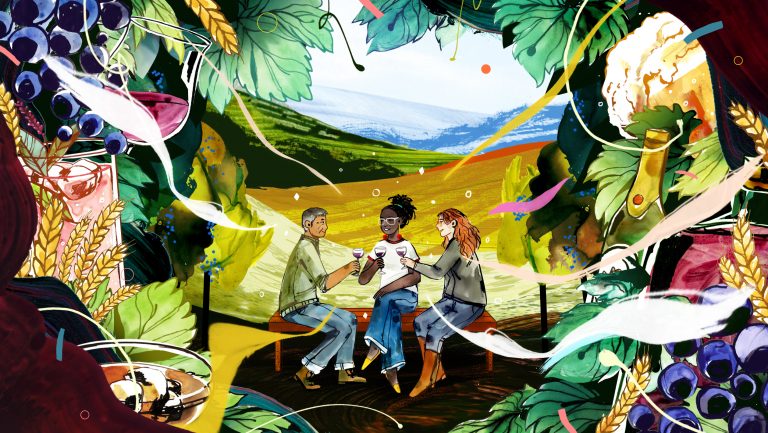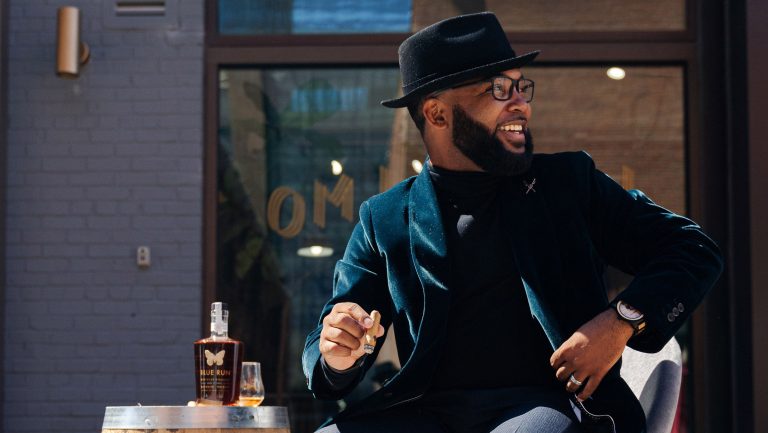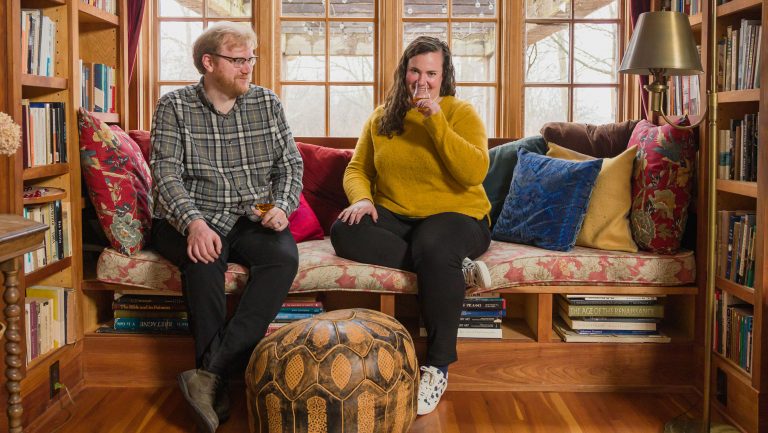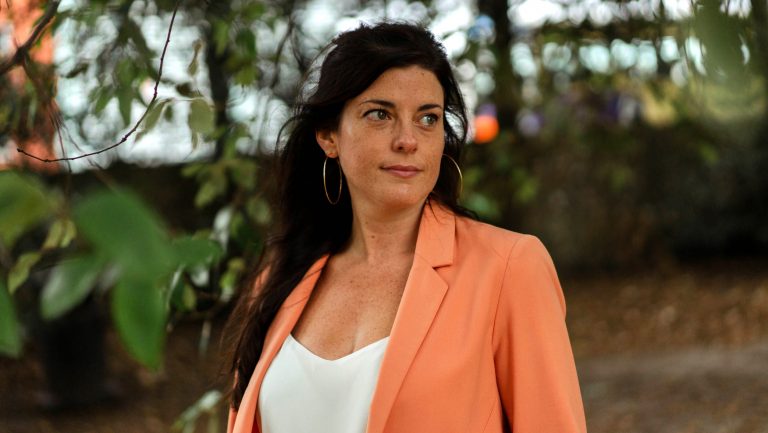“Our core belief is that a craft distiller’s relevance depends on their ability to produce spirits bursting with the taste of place,” says Meredith Grelli, who founded Wigle Whiskey with her husband, Alex, in Pittsburgh in 2012.
The Grellis, it turns out, were in the right place at the right time. A growing subset of consumers these days appear to be sidestepping mass-market liquor and are drawn instead to products that are authentic, largely unknown, and closely tied to their place of origin. With the ability to be more nimble and to produce limited runs for niche markets, craft distillers are well positioned to meet this cadre where they are.
Yet putting place in a bottle isn’t easy. Much of the knowledge about how to do so was developed through small-scale, regional distilling, and that was left behind when Prohibition went into effect in 1919. When the ban was repealed, the industry came to be dominated by mastodon distillers who could efficiently produce vast amounts. Supply chains for distilleries shifted from local farms to multinational conglomerates. Anyone wanting to revive “grain to glass” distilling had to either grow their own grain or find local farmers amenable to their mission.

Don’t miss the latest drinks industry news and insights. Sign up for our award-winning newsletters and get insider intel, resources, and trends delivered to your inbox every week.
And then there’s the question of flavor. Nobody alive today really knows what extinct local spirits—like Monongahela whiskey, an early rye once commonly made in Pennsylvania and Maryland—actually tasted like. Some believe the rye got its flavor from a now-extinct three-chamber still; others suspect local grains provided a distinctive flavor. And a few skeptics think it was just a regional name used to market a product that might not have been all that different from whiskey made elsewhere.
The Grellis wanted to figure out Monongahela whiskey for two reasons. First, there was simple curiosity—if this flavor had actually gone extinct, who wouldn’t want to know what it tasted like? There was a second, more practical reason: In a world dominated by major liquor brands selling whiskey made from commodity grain at attractive prices, craft producers need to emphasize the local and antiquarian to draw consumers’ attention and persuade them to pay a premium.
“Pre-Prohibition, we had thousands of individual stills producing regional spirits in the country,” says Meredith. “And we really never recovered. As a result, we’ve been living in this really boring spirit landscape. We lost a lot of that regional character.”
Exploring Regional Grains
The Grellis decided to test their suspicion that grain-growing conditions defined their region. So they started what they came to call the Terroir Rye Project by sourcing rye from five regions—Canada, Vermont, Minnesota, Ohio, and their regular supplier, a farm outside Pittsburgh. Batches of rye whiskey were then distilled using the same protocols, and similar barrels were used to age each batch.
The Grellis and their staff regularly tasted the batches for differences during aging, and they sent samples to a lab for chemical analysis. They did find a difference in taste. The local rye had a distinctly sharper flavor than the other samples; it was a bit more mineral-like, with an undeniable rye-bread finish. (The lab analysis also showed intriguing variations—the Pennsylvania rye was notably higher in the flavor compounds furfural, acetaldehyde, isobutanol, and isoamyl alcohol.)
The Grellis’ thought was that Western Pennsylvania’s less-than-ideal growing conditions (tricky climate, rocky soil) may stress the grains and concentrate elements that contribute to flavor. This could be analogous to wine grapes grown under stress, which is known to alter their resulting taste, often for the better. “Maybe we impact the rye by growing it in these very tough conditions,” Meredith says, “and that helps to create this regional identity.”
Wigle Whiskey has bottled three of these terroir samples in 200-milliliter bottles, which the distillery offers for sale as a set, allowing consumers to experience this terroir themselves. “This is the cutting edge,” said Glen Roberts, the founder of the organic heritage grain producer Anson Mills, based in Columbia, South Carolina, at a beverage conference last year. “And it’s just beginning. These are people who are really passionate and were willing to go out on the diving board on this stuff, not knowing where the pool was—let alone if it had water in it.”

SevenFifty Daily’s 2018 Drinks Innovators
Celebrating the wine, beer, and spirits professionals who are moving the drinks industry forward
The word heritage crops up in spirits marketing materials frequently these days, but behind the term often lies little more than the notion that it sounds appealing. “The one thing that we noticed early on,” says Scott Blackwell, who with his wife, Ann Marshall, owns High Wire Distilling in Charleston, South Carolina, “was that people were saying they were using heirloom corn or whatever, but that’s it. It was a cursory approach rather than a deep dive.”
Blackwell and Marshall have undertaken similar experiments in terroir, with corn and sugarcane. They’ve produced a whiskey made from Jimmy Red corn—an old variety all but lost until rediscovered and promoted by Sean Brock, an award-winning chef specializing in Southern cuisine, who uses it in grits and other dishes. High Wire is also one of the few distillers to make a legitimate agricole rum—it sources fresh sugarcane juice from three South Carolina locales, and bottles the rum made from each separately, much as the Grellis have done with their terroir rye. “It was nice to see [the Grellis] taking a much deeper dive on the scientific side,” Blackwell says. “At the end of the day, if you’ve got data, it’s much more real. It inspired us to dive deeper ourselves.”
The Terroir Rye Project has since wrapped up; Wigle bottled all its experimental barrels after two years of aging. The Grellis achieved what they’d set out to do—to demonstrate that regional grains can produce a whiskey with a stand-alone flavor. They continue to produce their flagship rye with grain from their local supplier—along with a wheated bourbon and straight wheat whiskey—but they now have some data to back up their conjecture about the historic evolution of regional whiskeys.
Experimenting with Small-Batch Spirits
The Grellis are continuing to indulge their curiosity by experimenting with uncommon products. At one point, Meredith realized that Wigle had produced 36 different products over 36 months, which she admits isn’t a terribly sustainable or solid business model.
The couple’s projects have included adventures in an array of spirits categories. They’ve made a honey spirit that derives a spicy edge from aging in tequila barrels, and a whiskey flavored with cider. For several years Meredith worked part-time as an adjunct professor at nearby Chatham University, leading classes that became a skunkworks for developing new spirits at the school’s 380-acre Eden Hall agricultural campus. Among the spirits that emerged was Wigle’s popular Afterglow Ginger Whiskey. Wigle also recently released Dunder Rum, the result of tinkering with a modified dunder pit (which was kicked into life with cheese bacteria), allowing them to make a fruity, high-ester product inspired by the bigger, bolder Jamaican rums.
From a single building in Pittsburgh’s Strip District, Wigle has steadily grown since opening. A barrel house and seasonal bar were added in a historic neighborhood across the Allegheny River. Last year the Grellis opened a cidery nearby, called Threadbare Cider, where, among other things, they explore the history and lore of Johnny Appleseed, who lived not far from Pittsburgh in the 1790s. “Innovation in cider right now is focused on yeast,” Meredith says. “In the past two years we’ve worked with 200 different yeasts.”
Continuing to explore obscure variables and overlooked processes and ingredients will remain part of the Grellis’ blueprint. “Our commitment to new product development and innovation hasn’t changed,” Meredith says. “But we’re getting smarter about how we bring those to market and communicate those innovations to the market.”
Read our Q&A with Wigle Whiskey.

Dispatch
Sign up for our award-winning newsletter
Don’t miss the latest drinks industry news and insights—delivered to your inbox every week.
Wayne Curtis is the author of And a Bottle of Rum: A History of the New World in Ten Cocktails and has written frequently about spirits for The Atlantic, Imbibe Magazine, Punch, The Daily Beast, and Garden & Gun, among others.








